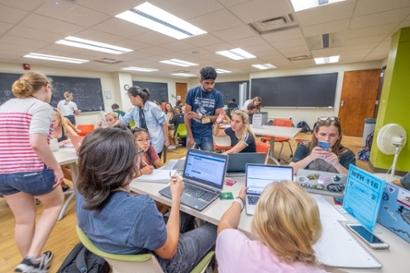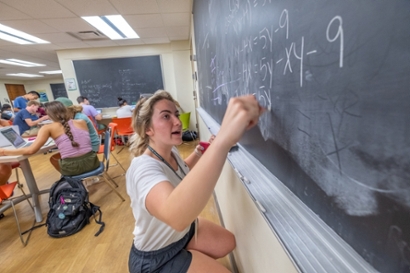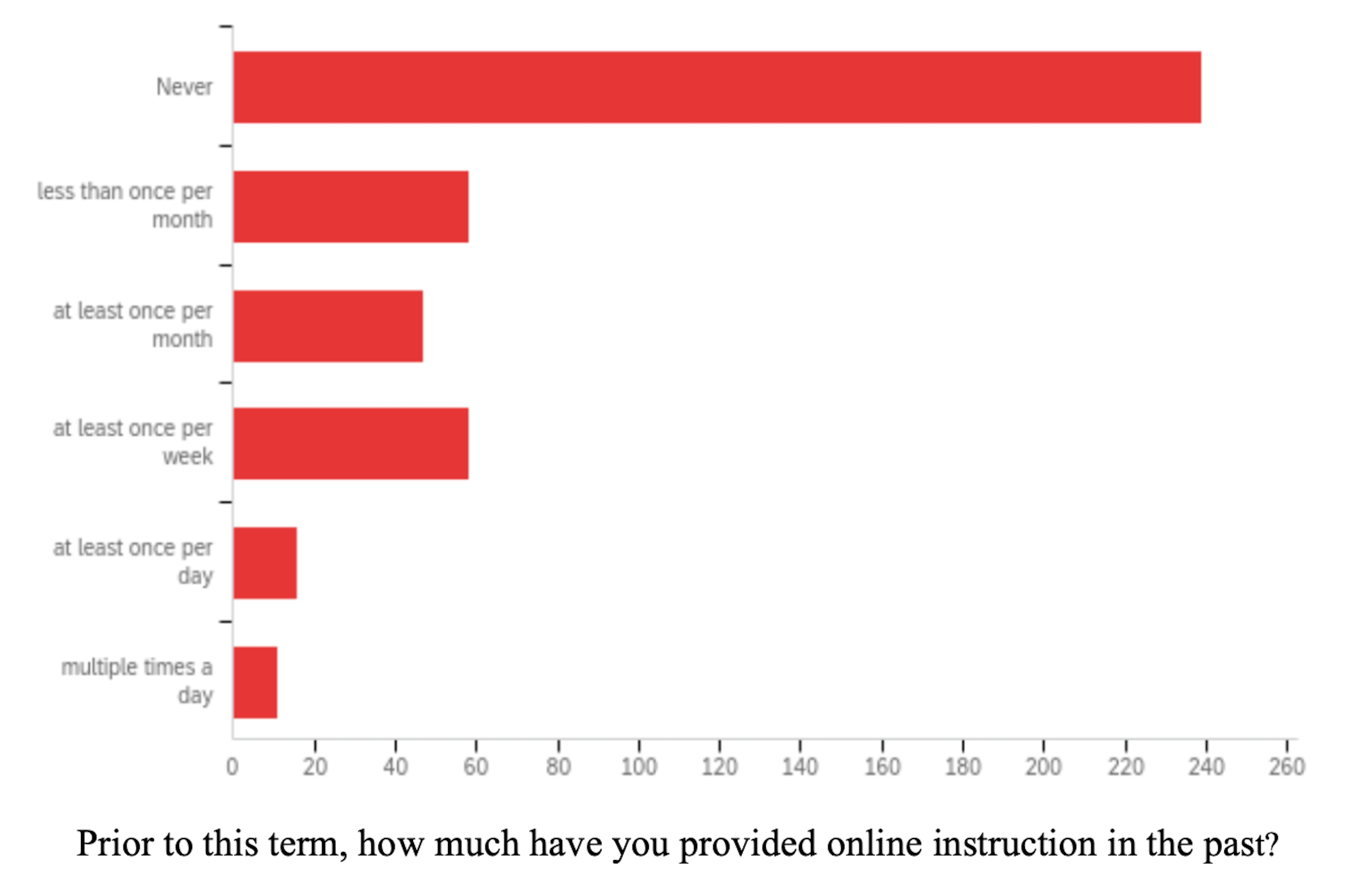Tips and Facts
Here are a few examples of how research has informed the classroom.
Classroom Size
Classroom size is a significant issue that impacts your teaching. In the study Project STAR, students and teachers were randomly assigned to a small class, with an average of 15 students, or a regular class, with an average of 22 students. This large reduction in class size (7 students, or 32 percent) was found to increase student achievement by an amount equivalent to about 3 additional months of schooling four years later.1

Vocal Health
As a teacher, your voice is a primary tool of your trade. You not only use your voice in the classroom, but also outside – mentoring extracurricular activities, singing in a community choir, or caring for family members. And it turns out that you as a teacher will be more likely to have some kind of voice problems than others. Fortunately, researchers have been investigating why you are at a greater risk and developing tips to help you take care of your voice so that you can keep teaching.2

Moving Classes Online
In spring of 2020, many schools had to adjust their instruction and present material online. According to an online survey we conducted in April 2020 of 429 Michigan teachers, over 50% had no prior experience with online instruction until COVID-19.
References
1Tennessee Project STAR
2National Institute on Deafness and Other Communication Disorders (NIDCD)


